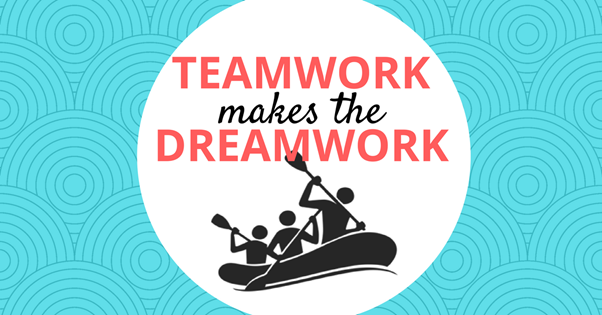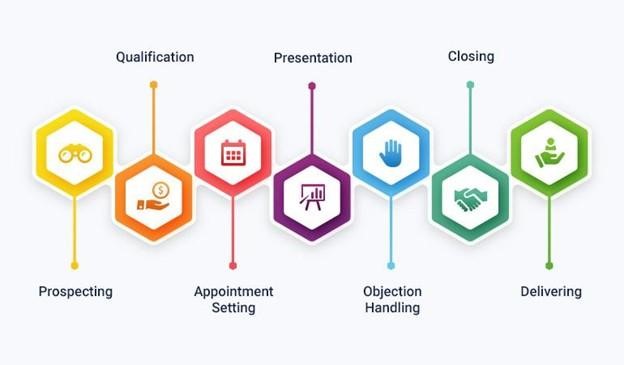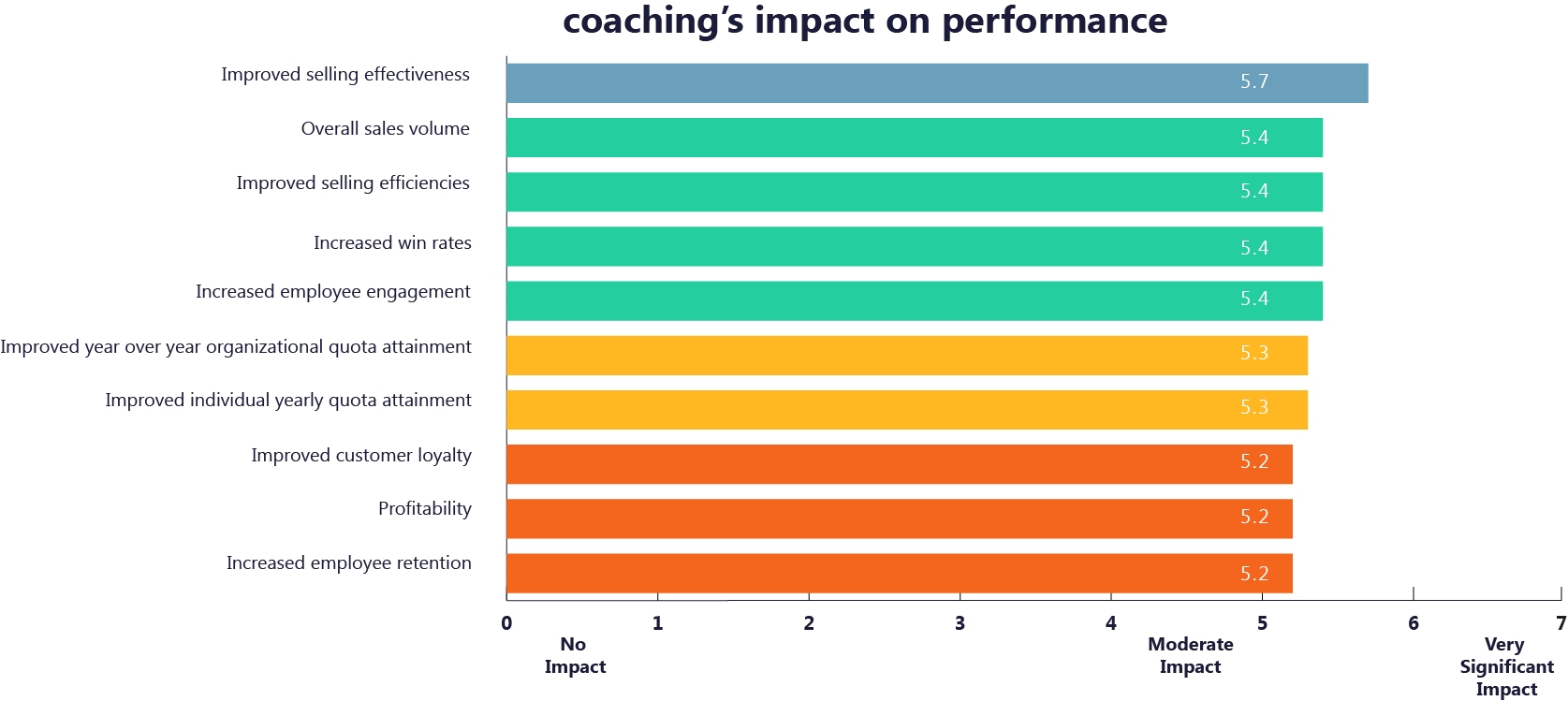Leadership development is critical for businesses aiming to stay competitive. Two popular approaches to cultivating effective leaders are KONA’s leadership mentoring and leadership coaching. Though these terms are often used interchangeably, they serve different purposes and can have distinct impacts on leadership growth. Understanding their differences can help businesses choose the right approach for their leaders.

Defining Leadership Mentoring and Leadership Coaching
Before diving into the differences, let’s define what each term means:
KONA Leadership Mentoring
Mentoring is a long-term relationship where a more experienced leader (the mentor) provides guidance, support, and advice to a less experienced leader (the mentee). The focus is on the mentee’s personal and professional growth, leveraging the mentor’s experience to navigate challenges, build confidence, and develop the skills necessary for long-term success.
KONA Leadership Coaching
Coaching is a structured, short-term, goal-oriented process led by a professional coach or skilled leader. It focuses on specific skills, behaviours, or objectives the leader wants to achieve. Coaches use powerful questioning techniques, feedback, and accountability to help leaders unlock their potential, overcome obstacles, and achieve specific goals.

Key Differences Between Leadership Mentoring and Coaching
1. Focus of the Relationship
Mentoring: The focus is on the mentee’s overall development, including career trajectory, work-life balance, and personal growth. It’s about sharing wisdom, offering career advice, and guiding the mentee to make informed decisions over time.
Coaching: The focus is on performance improvement and achieving specific, measurable goals. Coaching is more directive, with a clear structure aimed at enhancing the leader’s competencies, solving problems, or improving certain behaviours.
2. Nature of the Relationship
Mentoring: This is often a more informal, voluntary, and long-term relationship. It involves sharing experiences, stories, and advice that go beyond the mentee’s current role, creating a bond that can last for years.
Coaching: This relationship is usually formal, structured, and short-term. Coaches are often hired for a set period or specific project, focusing on targeted outcomes within a defined timeline.
3. Expertise and Experience
Mentoring: KONA’s Leadership Mentors are senior leaders or experienced professionals within the same organisation or industry. They draw from their extensive knowledge and past experiences to offer guidance.
Coaching: KONA’s Coaches are skilled in the art of coaching, asking the right questions, and using techniques to facilitate self-discovery and growth. They empower leaders to find their own solutions rather than providing direct answers.
4. Approach and Methodology
Mentoring: The approach is more holistic, focusing on personal and professional development over time. Conversations are flexible and driven by the mentee’s needs, with the mentor providing insights, encouragement, and sometimes challenging the mentee to think differently.
Coaching: The methodology is structured, with specific tools, frameworks, and techniques used to drive performance improvement. Coaches often follow a coaching model (e.g., GROW model) to set goals, explore options, and create actionable plans.
5. Outcome and Goals
Mentoring: The goal is long-term development, focusing on the mentee’s career growth, confidence, and overall success. Mentoring builds a sense of belonging and helps mentees navigate complex career paths.
Coaching: The outcome is usually tied to specific, short-term performance goals, such as improving communication skills, enhancing decision-making, or preparing for a promotion. The focus is on immediate, measurable results.

When to Choose Mentoring vs. Coaching
Understanding the difference between KONA’s mentoring and coaching can help businesses decide which approach is best suited for their leadership development needs:
Choose Mentoring When:
- You want to develop long-term leadership potential.
- Your leaders need career guidance, industry insights, and personal growth support.
- You aim to build a culture of knowledge sharing and succession planning.
Choose Coaching When:
- You need to address specific performance issues or skill gaps.
- Leaders are preparing for a new role, project, or significant change.
- You want to achieve measurable outcomes in a short timeframe.
How Mentoring and Coaching Can Complement Each Other
While mentoring and coaching have distinct differences, they are not mutually exclusive. In fact, a blended approach can be highly effective. For example:
Mentoring can provide a foundation of support and wisdom, helping emerging leaders understand the bigger picture of their career journey.
Coaching can drive specific, performance-oriented outcomes, equipping leaders with the tools they need to excel in their current roles.
By integrating both approaches, businesses can create a comprehensive leadership development program that addresses both the long-term growth and immediate needs of their leaders.
Both leadership mentoring and leadership coaching play a crucial role in developing effective leaders. Understanding the differences between these two approaches allows organisations to strategically invest in their leaders’ growth, ultimately leading to a more resilient and adaptive leadership team.

Whether you choose KONA’s mentoring, coaching, or a blend of both, the key is to align the development strategy with the needs of your leaders and the overall goals of your business. To learn more about the importance of effective leadership in business, click here.
Contact KONA today to discuss our tailored Leadership Training Programs and the benefits they can bring to your Leadership Team.
Call 1300 611 288 or email info@kona.com.au






















































































































